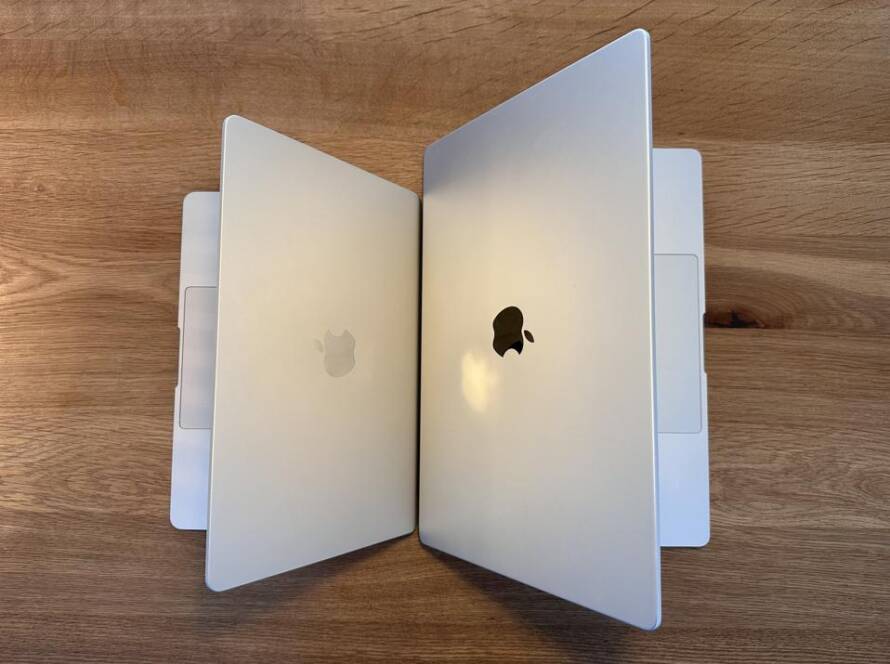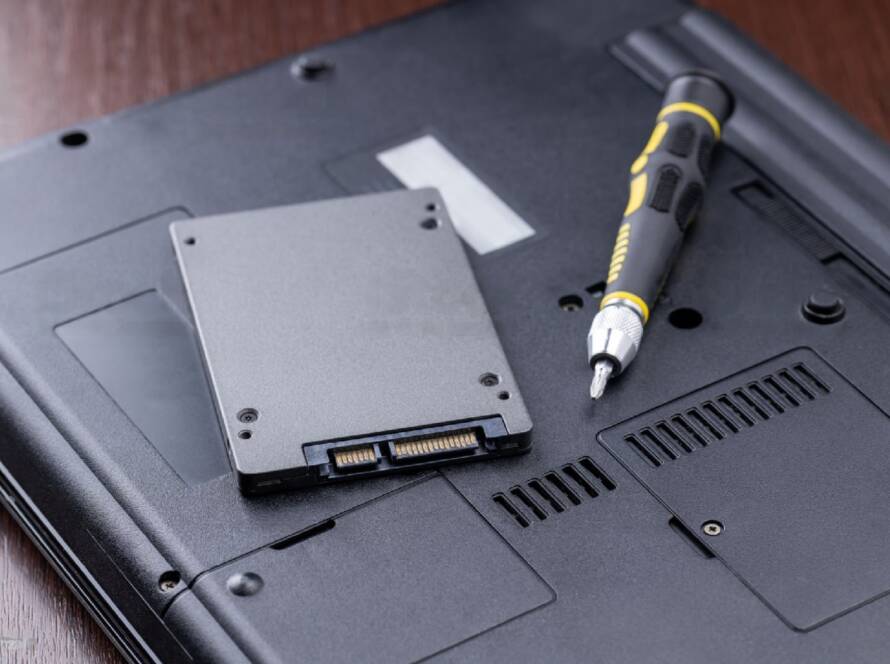Introduction
Sometimes, giving your macOS computer a fresh start is the best way to resolve issues, boost performance, or prepare it for sale or donation. A factory reset, also known as reinstalling macOS, is the solution. In this step-by-step guide, we will walk you through the process of factory resetting a macOS computer. Whether you’re using a MacBook, iMac, or Mac Mini, this guide will help you achieve a clean slate for your device.
Before You Begin: Backup Your Data
Before embarking on the factory reset journey, it’s crucial to back up your data. You can use Time Machine to create a full backup of your system, or manually copy your important files to an external drive. Remember, a factory reset erases everything on your computer.
Step 1: Accessing macOS Recovery
- Shut Down Your Mac: Click the Apple menu in the top-left corner of your screen and select “Shut Down.”
- Start in Recovery Mode: Turn on your Mac, and as soon as you hear the startup sound, press and hold down the “Command” and “R” keys simultaneously. Keep holding them until you see the Apple logo or a spinning globe.
- Select Language: When the macOS Utilities window appears, choose your preferred language.
Step 2: Erase the Startup Disk
- Open Disk Utility: From the macOS Utilities menu, select “Disk Utility” and click “Continue.”
- Select Your Startup Disk: In the Disk Utility window, select your Mac’s startup disk (usually named “Macintosh HD” or something similar).
- Erase the Disk: Click the “Erase” button at the top of the Disk Utility window. A pop-up window will appear.
- Choose File System and Scheme: Ensure “APFS” is selected as the file system (for newer Macs) or “Mac OS Extended (Journaled)” (for older Macs), and “GUID Partition Map” is selected as the scheme. Then, click “Erase.”
- Confirm Erasure: A warning message will appear, confirming that erasing the disk will delete all data. Click “Erase” to proceed.
Step 3: Reinstall macOS
- Exit Disk Utility: Once the erasure is complete, close the Disk Utility window.
- Reinstall macOS: In the macOS Utilities window, select “Reinstall macOS” and click “Continue.”
- Choose Your Disk: A new window will appear. Select your freshly erased startup disk and click “Install.”
- Complete the Installation: Follow the on-screen instructions to reinstall macOS. This process may take some time, so be patient.
Step 4: Set Up Your Mac
- Welcome Screen: After macOS is reinstalled, your Mac will restart, and you’ll be greeted with the welcome screen. Follow the setup prompts to create a new user account or restore from a Time Machine backup if you have one.
- Configure Preferences: Set up your preferences, including language, time zone, and Apple ID.
- Privacy Settings: Customize your privacy settings according to your preferences.
- Finalize Setup: Complete the setup process by following the on-screen instructions.
Conclusion
Factory resetting your macOS computer can breathe new life into it, resolve persistent issues, and prepare it for a new owner or a fresh start. Always remember to back up your data before proceeding, and follow the steps carefully to ensure a smooth reset process. By following this step-by-step guide, your Mac will be ready to take on new challenges with a clean slate.




